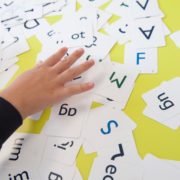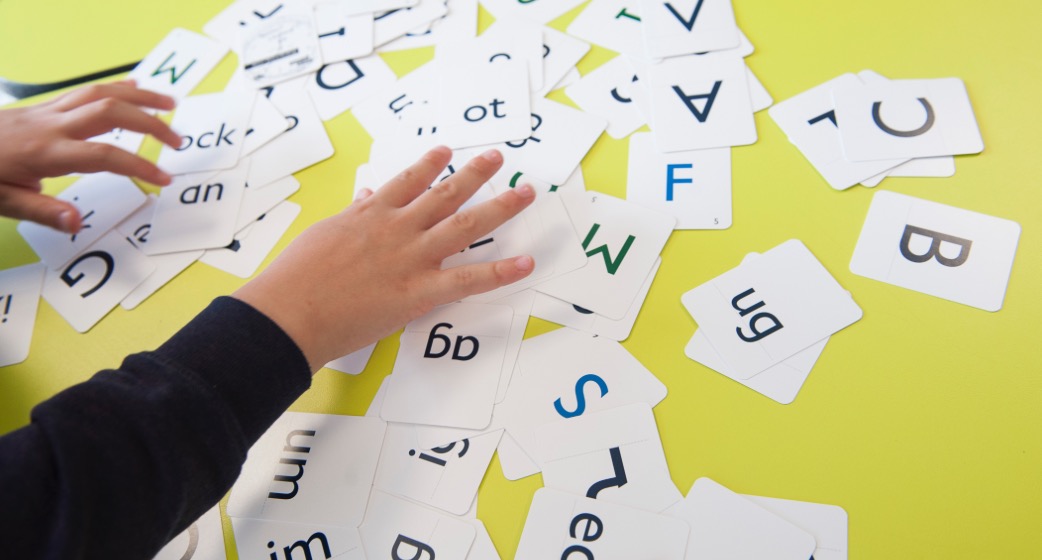What is Orthographic Mapping?
What is Orthographic Mapping?
What is Orthographic Mapping?
Orthographic mapping is the process of forming letter-sound connections in order to combine and recall the spelling, pronunciation, and the meaning of words. It involves the critical process by which children are able to learn to read words at a glance, spell a word aloud (and from memory), and develop vocabulary words. When a child develops orthographic knowledge, they begin to learn to identify letter patterns that are similar between different words and this process is aided by understanding the various prefixes, suffixes, root words, syllables, and the rules of spelling (e.g., i before e except after c). Written words are stored in memory so that when the child sees the word again (or a similar string of letters) they can use previous knowledge to identify the word instead of having to go through the decoding process, where they sound out the letters to make the word. Orthographic mapping enables the ability to identify words by sight (i.e., sight words) allowing instant recognition and fluent and quick reading abilities.
Orthographic mapping occurs via a developmental process and a sequence of several phases, where the child connects the spelling of words to the pronunciation of words in memory. As the child learns and develops, the connections of the spelling of words improve in the following stages: Visual Nonalphabetic, Partial Alphabetic, Full Grapho-Phonemic, Consolidated Grapho-Syllabic, and lastly Graphomorphemic.Orthographic mapping is a skill that develops from phonemic awareness and grapheme-phoneme knowledge.
In order for a child to read fluently, they must have developed orthographic recognition or the ability to quickly recognize letter patterns that make up a word that they know or a series of letter strings that is familiar, such as the suffix ‘ing’ or the prefix ‘pre.’ Orthographic recall is required in order for the child to demonstrate spelling abilities, as a specific memory of letter combinations and sequence of letters is necessary for fluent reading.
The Pathways team of professionals has helped thousands of people with Dyslexia. We are Dedicated to effective and compassionate care for individuals with neurological challenges.
The post What is Orthographic Mapping? appeared first on Pathways Neuropsychology Associates.
Source: Pathways Neuropsychology
What is Orthographic Mapping?




















